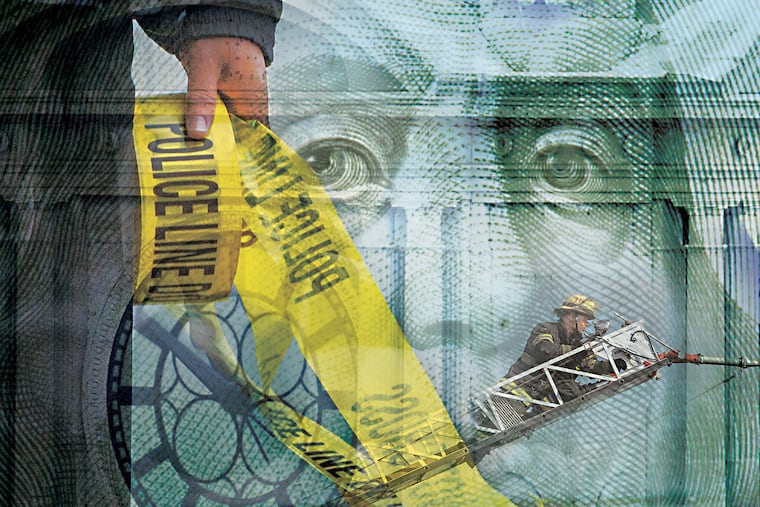Philadelphia is spending a record amount on overtime as 1 in 5 city jobs sits vacant
About 70% of the overtime spending went to the Police Department and the Fire Department. Police overtime this year exceeded $100 million, a 36% increase over the last fiscal year.
